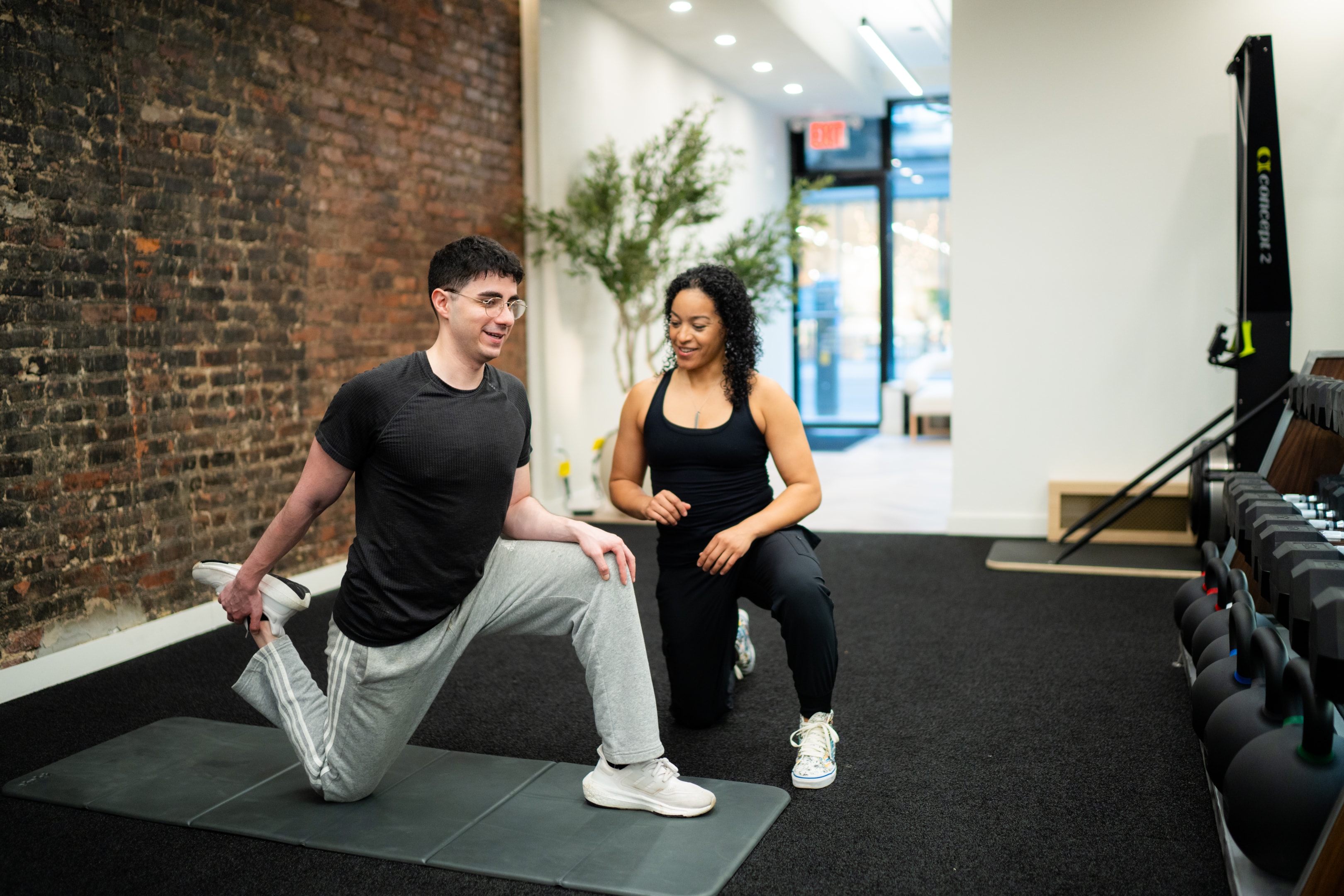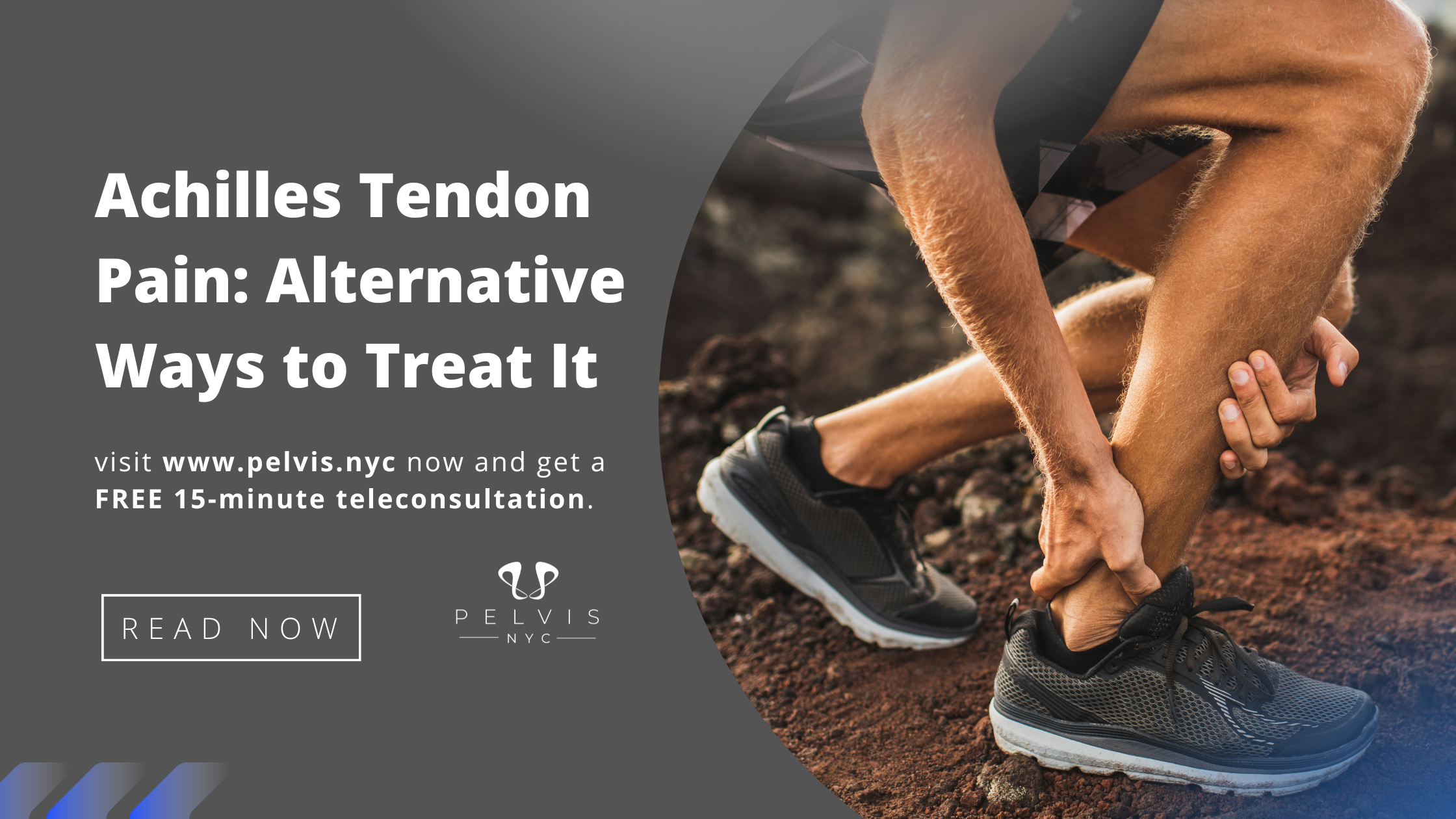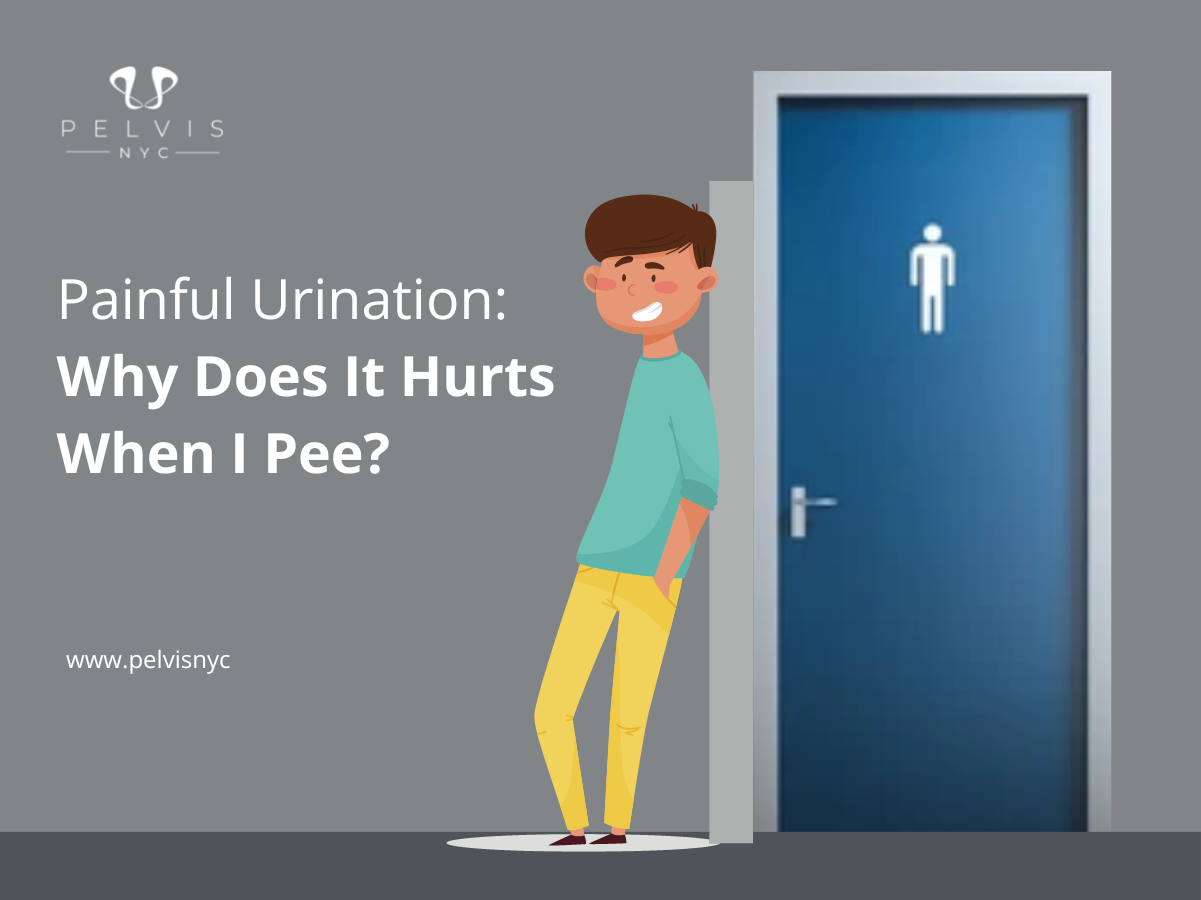Anyone who’s ever done a lot of running, jumping, or even just walking on uneven surfaces has probably experienced Achilles tendon pain at one time or another, often due to conditions like Achilles tendinitis. The Achilles tendon is the strongest tendon in the body and is essential for movement such as walking, running, and jumping.
It can affect the activities you love and your daily routine. Risk factors such as age, overuse, and certain medical conditions can increase the likelihood of Achilles tendon pain.
If you are wondering about the fastest alternative way to treat Achilles tendon pain, stay tuned to our page! Achilles tendon pain can result from a variety of tendon problems, including inflammation, degeneration, and tears.
Achilles tendon injuries are often treated with RICER treatment, prescription of anti-inflammatory medicines, and sometimes can be managed without surgery. Extracorporeal shockwave therapy is also a noninvasive alternative treatment option for Achilles tendon pain.
Definition
The Achilles tendon is one of the most important and strongest tendons in the human body. The Achilles tendon connects your calf muscles to your heel bone and plays an essential role in helping you walk, jump, and run.
Two types of Achilles tendon injuries cause pain:
- Achilles tendonitis: A condition that occurs when the Achilles tendon becomes inflamed.
- Achilles rupture: This injury can be a complete or partial rupture of the Achilles tendon. A partial rupture refers to an incomplete tear or damage to the tendon, while a complete rupture means the tendon is fully torn.
What Causes Achilles Tendon Pain?
Since the Achilles tendon can withstand a lot of force, its strength comes at a price. It is one of the most commonly injured tendons in the body, especially when it becomes inflamed and swollen. Acute inflammation is the body’s immediate response to tendon injury, leading to swelling and pain.
Tight calf muscles can also contribute to increased stress on the Achilles tendon, leading to pain and inflammation. The Achilles tendon is located at the back of the lower leg and connects the calf muscles to the heel bone, playing a crucial role in transmitting force from the muscles to the heel.
Overuse or sudden force can result in tendon tears, which may range from small microtears to more significant injuries.
Overuse
Repeated stress on the Achilles tendon can cause irritation and inflammation. This is often seen in sports that require running and jumping, such as basketball and soccer. Overuse can also occur in activities like tennis that put a strain on your ankles and feet.
Overuse can lead to noninsertional Achilles tendinitis, where the fibers in the middle portion of the tendon become swollen and thickened. Non-insertional achilles tendinopathy is a chronic condition affecting the mid-portion of the tendon, often resulting from repetitive overuse.
Sudden Force
A fall or direct blow to the Achilles tendon can cause it to tear (rupture), leading to Achilles tendon ruptures. An acute rupture is a sudden and complete tear of the Achilles tendon that requires immediate medical attention. This usually happens in sports such as football or track, where there is a lot of running and sudden stopping. An acute tendon rupture is a severe injury that often results in a ruptured tendon, leading to loss of function and significant pain.
Inflammation
Tendinitis is an inflammation of the Achilles tendon resulting from overuse or injury. Symptoms include pain and swelling around the heel bone. Treatment typically involves rest, ice, and physical therapy. Surgery may be needed if tendinitis does not respond to these treatments. Chronic inflammation can lead to the formation of scar tissue, which may reduce tendon flexibility and impair function. Insertional Achilles tendinitis affects the lower portion of the tendon where it attaches to the heel bone and can involve bone spurs and calcification.
Achilles Tendon Injuries
Achilles tendons can suffer from a range of injuries, from mild strains to severe tears. Often, these injuries involve damaged tendon tissue, which may require specific treatments to restore normal function. Here’s a closer look at two common types:
Achilles Tendonitis
Achilles tendonitis involves inflammation due to overuse. Symptoms include pain and swelling near the heel. Treatment includes rest, ice, and physical therapy. Working with a physical therapist ensures that rehabilitation exercises are performed safely and effectively. Sometimes surgery is needed if conservative methods fail. In cases where conservative treatments fail, Achilles tendinitis surgery, such as tendon debridement, may be necessary to alleviate pain and restore function. Imaging such as MRI can help diagnose Achilles tendinitis and guide further treatment decisions.
Achilles Tendon Rupture
An Achilles tendon rupture is a complete or partial tear, often caused by a sudden force or severe overstretching. Surgery is typically required to repair the tear, and a walking boot may be used to immobilize the foot and protect the tendon during the initial phase of recovery. This is followed by extensive physical therapy to regain strength and function. Achilles tendinitis surgery, including procedures like tendon debridement and gastrocnemius recession, also plays a crucial role in treating severe injuries, with physical therapy being essential for recovery. The recovery period can vary depending on the severity of the rupture and the chosen treatment approach.
Diagnosing Achilles Tendon Pain
Getting to the root of Achilles tendon pain starts with a thorough and accurate diagnosis. When you visit a healthcare provider, the process usually begins with a detailed physical exam. Your doctor will look for signs of swelling, redness, or warmth around the Achilles tendon and check for tenderness along the tendon and at the insertional Achilles area. They’ll also assess the strength and flexibility of your calf muscles, as well as your ankle’s range of motion, to pinpoint any limitations or pain.
To further evaluate the condition of the tendon, imaging tests such as magnetic resonance imaging (MRI) or ultrasound may be recommended. These tools help visualize the structure of the Achilles tendon, making it easier to detect issues like insertional Achilles tendinitis, noninsertional Achilles tendinitis, or other forms of tendon pain. In rare cases, additional tests may be needed to rule out other causes of pain.
Accurately diagnosing Achilles tendon pain is essential for developing a personalized treatment plan that addresses your specific needs and helps prevent further tendon damage. Early and precise diagnosis can make a significant difference in your recovery and long-term tendon health.
Achilles Tendon Treatment
Achilles tendon injuries treated range from conservative measures like the RICER treatment (Rest, Ice, Compression, Elevation, and Referral) and prescription of anti-inflammatory medicines to the possibility of treatment without surgery. Nonsurgical treatment is often the first line of management for Achilles tendon injuries, including rest, physical therapy, and supportive devices. For milder injuries, rest, ice, and immobilization in a boot or splint may be sufficient. Heel lifts can also be used to reduce strain on the tendon and alleviate symptoms, especially in cases of insertional Achilles tendinopathy. More severe injuries may require complete rest followed by physical therapy to stretch and strengthen the muscles around the tendon. Strengthening the calf muscle is particularly important as it can help protect the Achilles tendon from further injury. Shoe wear modification, such as using supportive shoes or orthotics, can help manage Achilles tendon pain and prevent further injury. Achilles tendon pain treated with conservative methods can lead to significant relief for many patients.
In some cases, surgery is necessary to repair the tendon. The type of surgery depends on the extent of the injury, but it usually involves making an incision in the back of the leg and reattaching the tendon to the heel bone. Insertional Achilles tendinopathy affects the area where the tendon attaches to the heel bone, known as the Achilles tendon insertion, and may require specific treatment strategies. Recovery from surgery can take several months, but most patients return to normal activity levels eventually.
Physical Therapy for Achilles Tendon Injury
Physical therapy is one of the most effective alternative ways to treat an Achilles tendon injury. It involves exercises and techniques that help speed up the healing process. Physical therapy improves flexibility and range of motion. Many exercises involve movements such as standing on tip toes to strengthen the Achilles tendon. Specific exercises lengthen and strengthen the tendons. The soleus muscles, along with the gastrocnemius, play a key role in Achilles tendon function and rehabilitation. A combination of both is often the most successful approach to rehabilitation following an Achilles tendon injury.
Starting physical therapy as soon as possible after the injury maximizes the chances of a successful recovery. Delaying treatment can result in the tendon becoming stiff and difficult to stretch. A comprehensive rehabilitation program addresses the entire foot and ankle to ensure optimal recovery.
In some surgical cases, a tendon from the big toe area may be used to restore function after extensive Achilles tendon damage.
Preventing Achilles Tendon Injuries

Prevention is key when it comes to Achilles tendon injuries. By taking proactive steps, you can protect your Achilles tendon from overuse injuries and reduce the risk of developing tendon pain. One of the most effective strategies is to regularly stretch your calf muscles, especially before and after physical activity. This helps maintain flexibility and reduces tension on the tendon.
Strengthening exercises, such as heel raises and calf presses, can build resilience in both the Achilles tendon and the surrounding muscles. Wearing supportive shoes and, if needed, using orthotics can provide additional stability and cushioning, minimizing repetitive stress on the tendon.
It’s also important to gradually increase the intensity and duration of your workouts to avoid overloading the tendon. Taking regular breaks and listening to your body can help prevent repetitive strain and overuse injuries like Achilles tendinosis. By incorporating these habits into your routine, you can keep your Achilles healthy and pain-free.
The Role of Medication in Treatment
Medications can play a valuable role in managing Achilles tendon pain and supporting your recovery. Anti-inflammatory medications, such as ibuprofen or naproxen, are commonly used to reduce pain and swelling in the affected area. These anti-inflammatory drugs work by targeting the body’s natural response to injury, helping to ease discomfort and promote healing.
In some cases, your healthcare provider may recommend corticosteroid injections to address persistent inflammation and pain. However, these injections are used with caution, as they can sometimes weaken the tendon and increase the risk of rupture. It’s important to consult with your doctor before starting any medication for Achilles tendon pain, so you can find the safest and most effective treatment plan for your needs.
Surgical Intervention
While most Achilles tendon injuries respond well to nonsurgical treatments, surgery may be necessary for severe cases—such as a complete rupture or chronic tendonitis that doesn’t improve with conservative care. The main goal of surgical intervention is to repair or reconstruct the damaged tendon, restoring its strength and function.
There are several surgical options available, including open repair, percutaneous repair, and minimally invasive techniques. The choice of procedure depends on the type and severity of the Achilles tendon injury, as well as your overall health and activity level. After surgery, a structured rehabilitation program—often involving physical therapy, stretching, and strengthening exercises—is essential for a successful recovery. With the right approach, most people can regain full function and return to their favorite activities.
Coping with Chronic Achilles Pain
Living with chronic Achilles pain can be challenging, but there are effective ways to manage symptoms and improve your quality of life. Modifying your daily activities to avoid movements that aggravate the tendon—such as excessive running or jumping—can help reduce pain. Wearing supportive shoes and using orthotics can also provide relief by minimizing stress on the Achilles tendon.
Physical therapy is a cornerstone of chronic pain management, focusing on improving flexibility and strengthening the calf muscles to support the tendon. Simple pain management techniques, like applying ice or heat, can help control inflammation and discomfort. Some people also find significant relief through alternative therapies, such as acupuncture or massage, which can promote healing and relaxation.
By working closely with your healthcare provider and adopting these coping strategies, you can better manage chronic Achilles pain and maintain an active, fulfilling lifestyle.
Where to Ask for Help?
At Pelvis NYC, our physiotherapist, Dr. Adam Gvili, tailors programs specifically designed to your needs. Many patients with orthopedic problems have recovered under his care.
For more information, visit Pelvis NYC, and you can receive a complimentary 15-minute teleconsultation if you book now.
Related Blog: Why Your Ankle Pain Persists (and What You Can Do About It)


